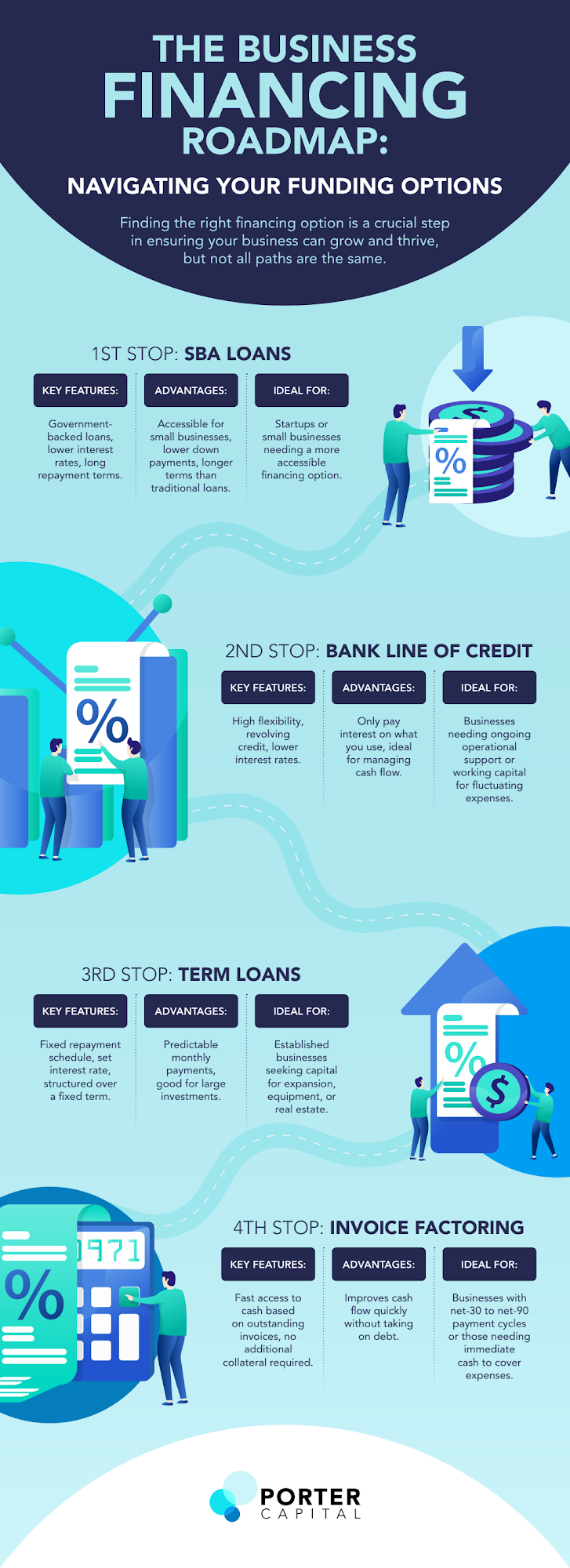Starting and growing a business requires more than just a great idea—it demands a solid financial foundation. Whether you’re launching a startup or scaling an established company, understanding the business financing roadmap is essential. Funding can be the lifeline that propels your operations forward, helps develop new products, or sustains you through economic downturns. But with so many financing options available, navigating the landscape can be overwhelming. Here’s how to make sense of your funding choices and chart a path that aligns with your goals.
Step 1: Evaluate Your Needs
Before exploring specific financing methods, it’s important to assess how much capital you need and what it will be used for. Are you looking to cover startup costs, purchase inventory, invest in marketing, or expand your team? The purpose of the funding will influence which options are most appropriate and appealing to lenders or investors. Create a detailed business plan and financial projections to support your funding request—this not only helps clarify your needs but also builds credibility with potential funders.
Step 2: Understand Your Options
There are several major categories of business financing, each with its own advantages and drawbacks:
- Bootstrapping:This involves funding your business using personal savings or income. It’s often the first step for entrepreneurs who want to retain full ownership and avoid debt. However, it’s limited by how much capital you can personally contribute.
- Friends and Family:This informal option can provide early support but comes with emotional risk. Clear agreements and documentation are essential to avoid misunderstandings.
- Loans and Lines of Credit:Traditional bank loans or credit lines offer predictable repayment structures and interest rates. You’ll typically need a strong credit history and financial documentation. Online lenders and financing companies can also provide alternatives with varying levels of flexibility and requirements.
- Government Grants and Programs:In some regions, government agencies offer grants or low-interest loans, especially for small businesses, minority-owned businesses, or those in certain industries. These options usually come with specific criteria and reporting obligations.
- Angel Investors and Venture Capitalists:For high-growth startups, equity financing through angel investors or venture capitalists can provide substantial funding. In return, these investors take an ownership stake and often seek a significant return on investment.
- Crowdfunding:Platforms like Kickstarter or Indiegogo allow businesses to raise funds from a broad audience. This route not only brings in capital but also validates your idea and builds a community of early supporters.
Step 3: Build a Strategic Plan
Selecting the right financing option depends on your business’s stage, financial health, risk tolerance, and growth potential. Be strategic—using a combination of funding sources might make sense depending on your objectives. Maintain a strong credit score, establish good financial practices, and be transparent with stakeholders to build trust and long-term sustainability.
In conclusion, the path to funding your business isn’t linear. It’s a roadmap with multiple routes, each suited to different circumstances. By carefully assessing your needs and exploring the full range of financing options, you can choose the route that leads your business toward success.


